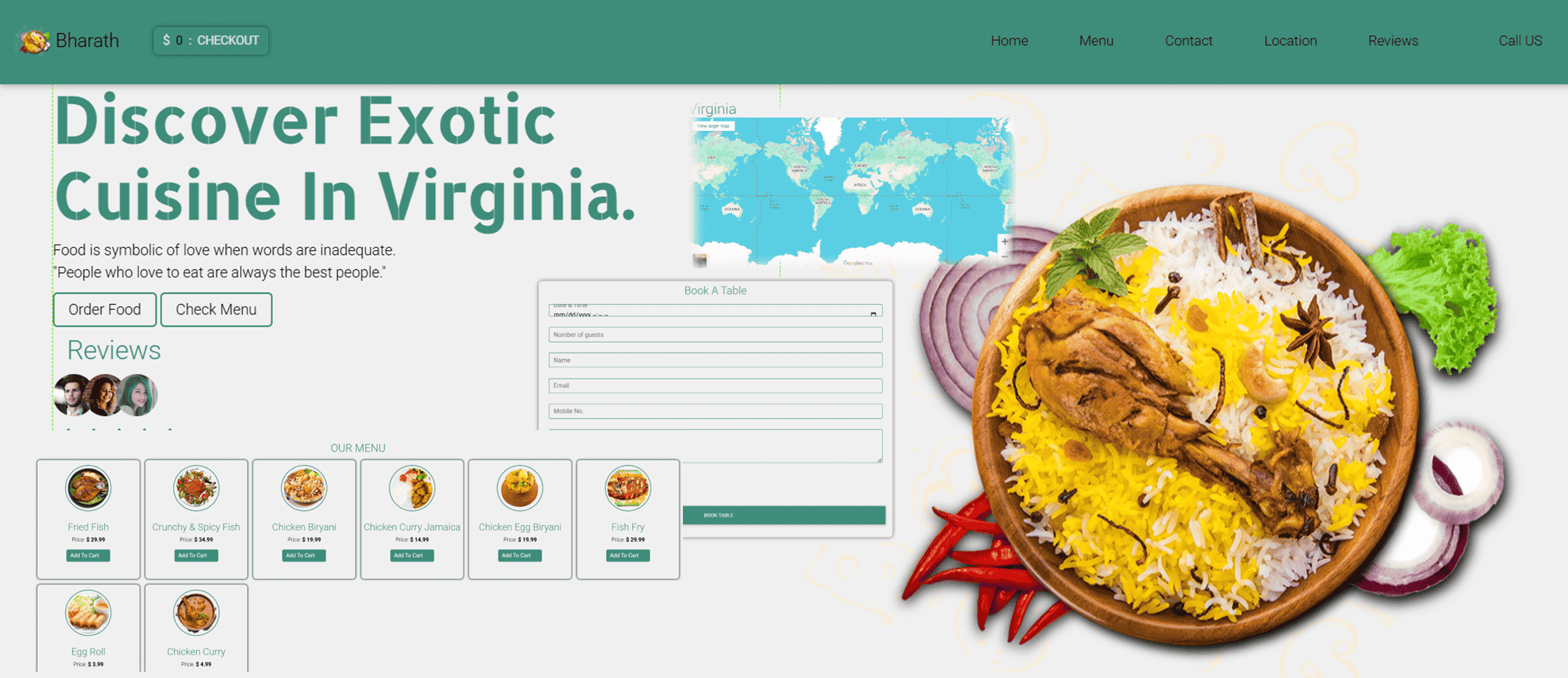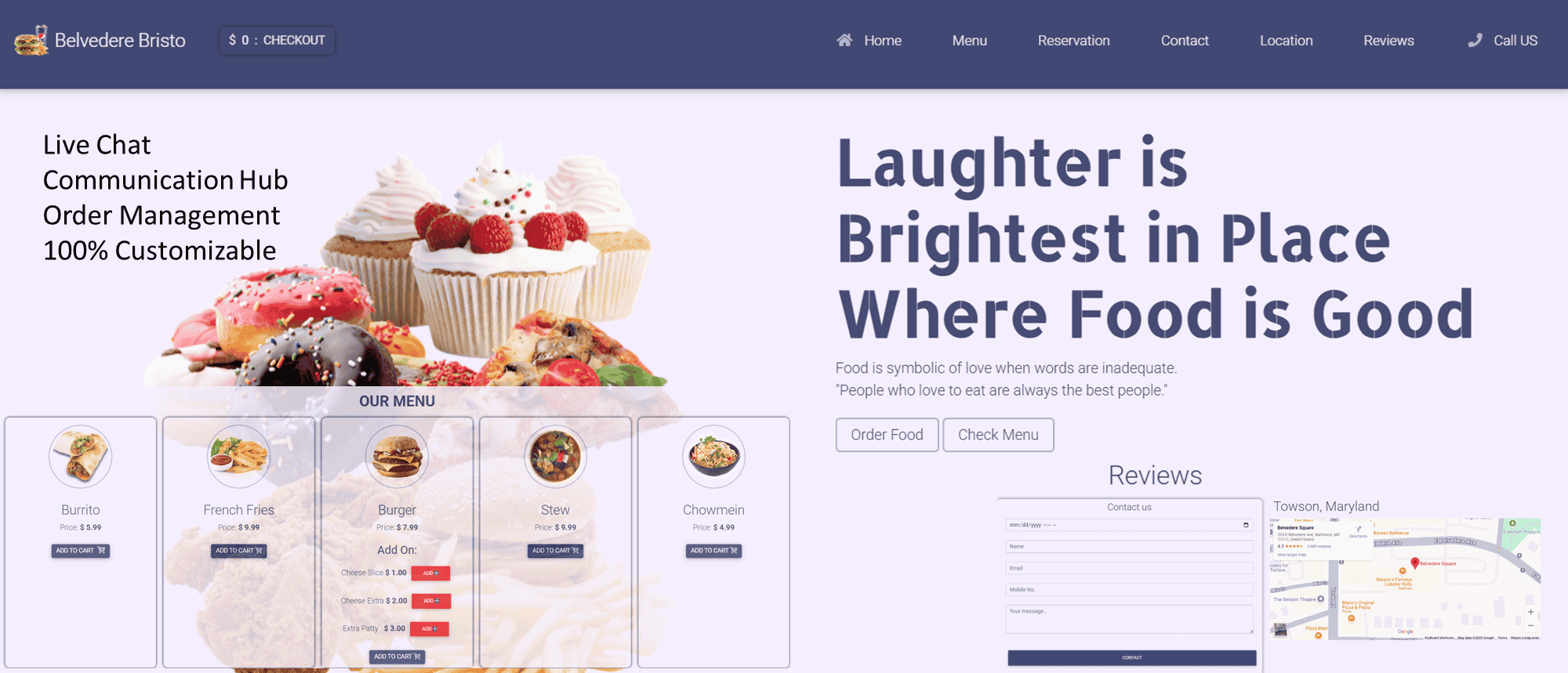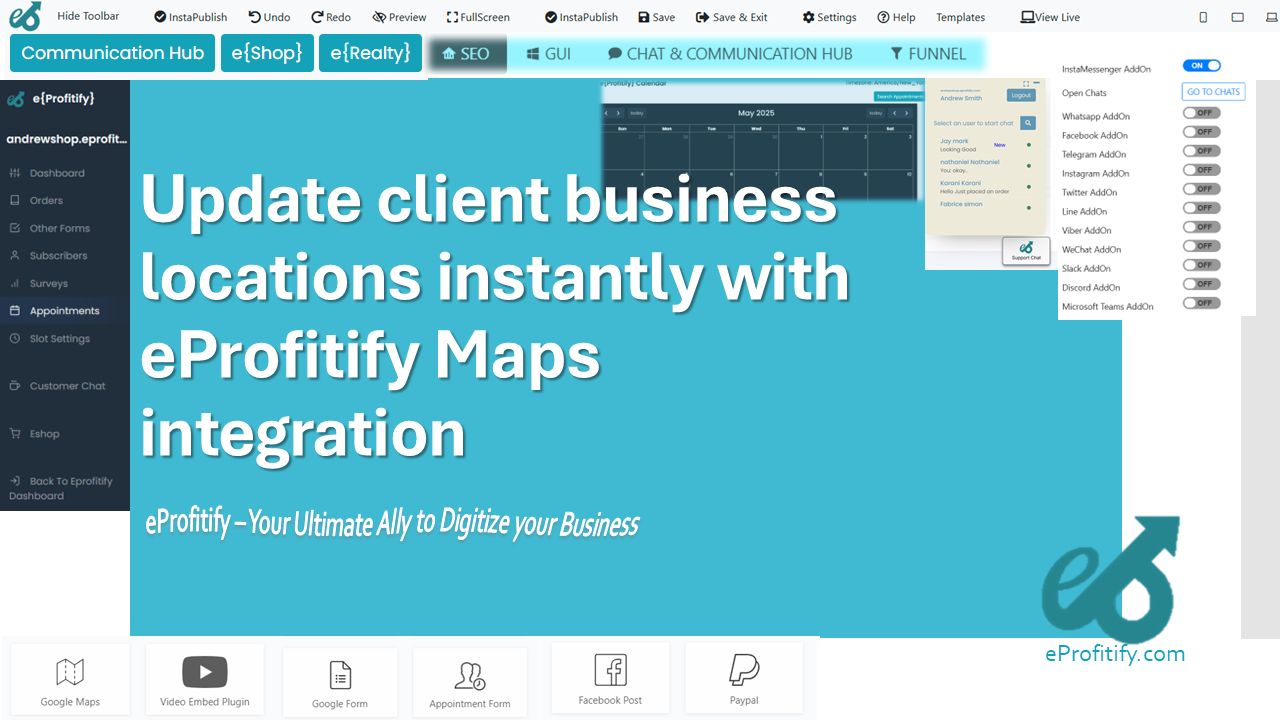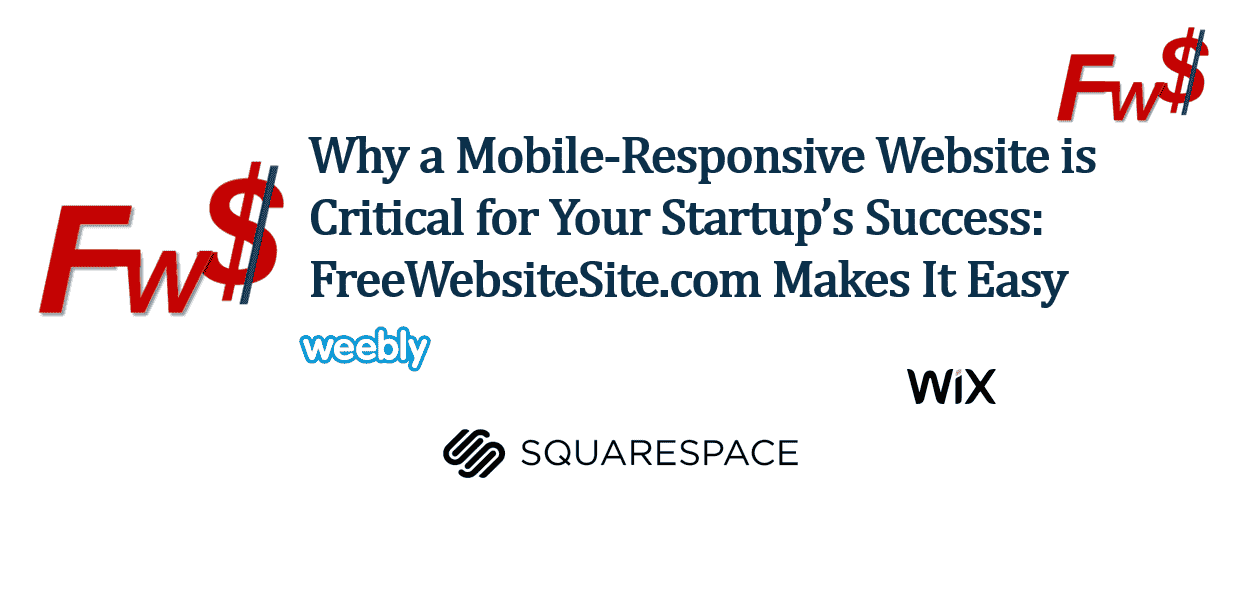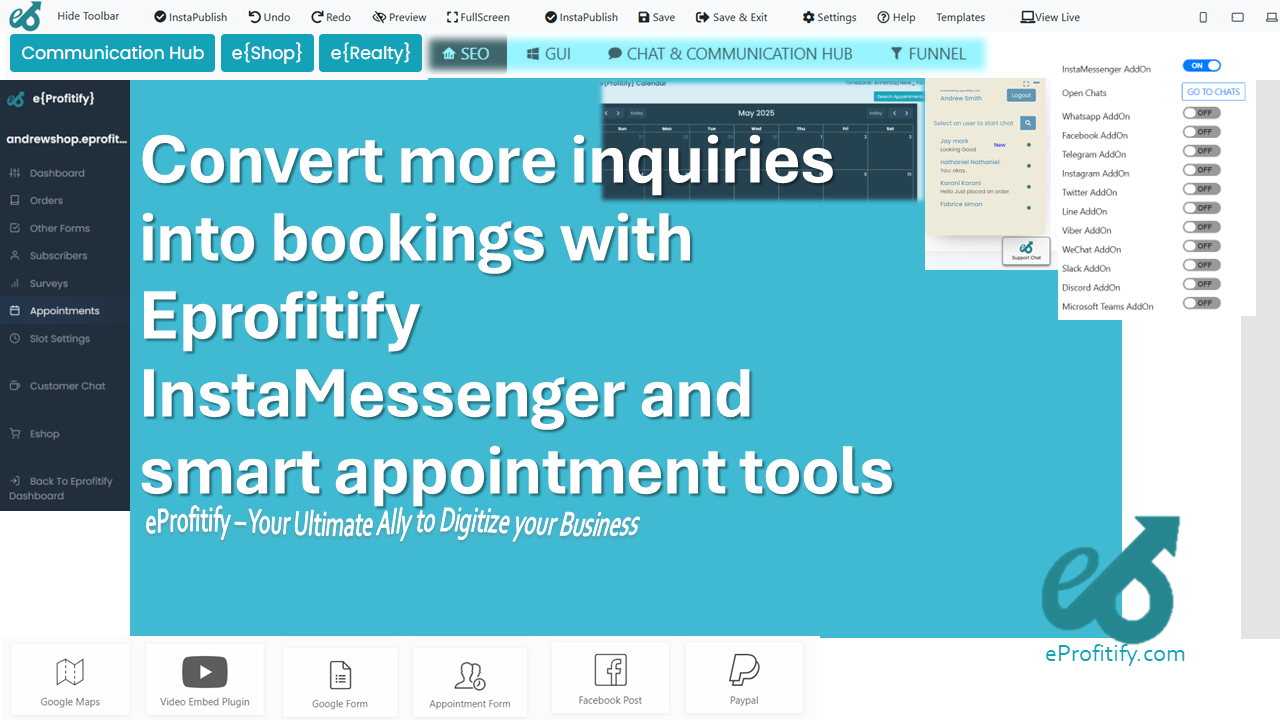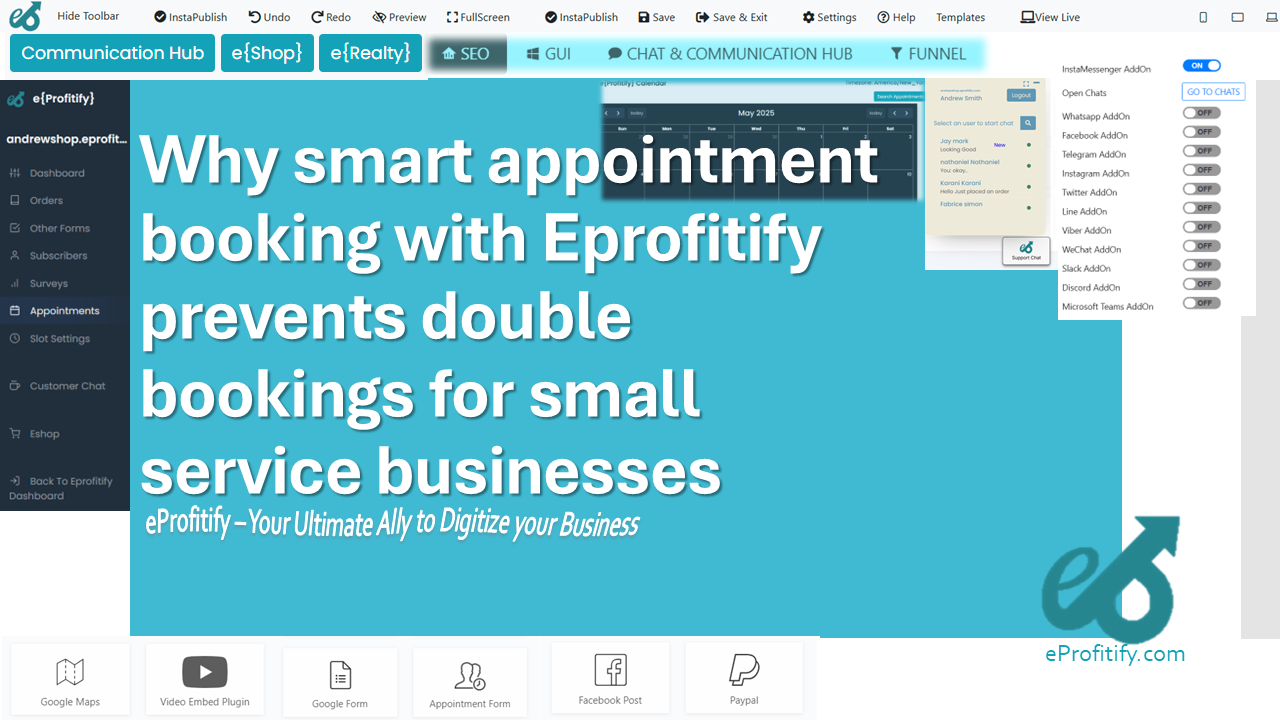Image SEO Naming Alt Text and File Size Optimization
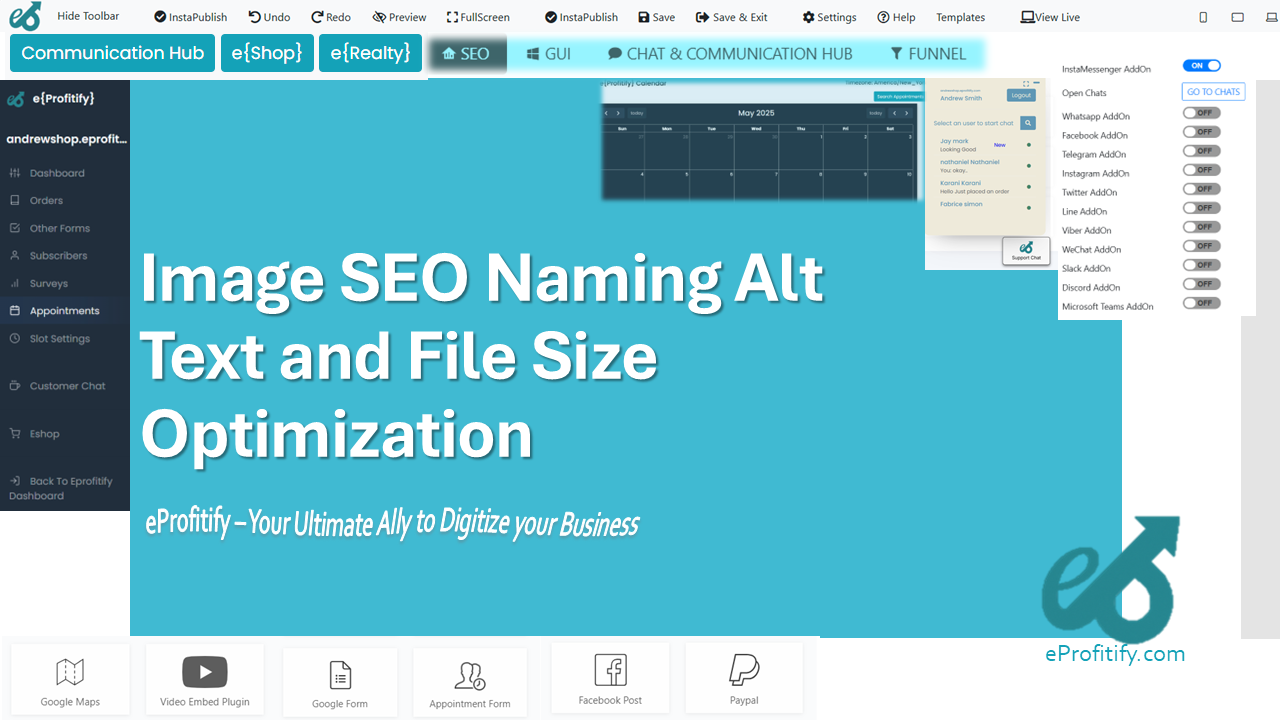
Schedule a LIVE Zoom call with an eProfitify Expert.
Image SEO: Naming, Alt Text, and File Size Optimization
Image SEO is a critical component of modern digital marketing, directly influencing user experience, accessibility, and search engine rankings. Properly optimized images enhance page load speed, improve accessibility for visually impaired users, and boost visibility on search engine results pages (SERPs). Below, we explore best practices for image naming, alt text, and file size optimization, supported by industry statistics, and highlight how Eprofitify—a leading website publishing and management platform—simplifies these processes.
1. Image File Naming Conventions
Best Practices:
- Descriptive Names: Use concise, keyword-rich names (e.g., black-running-shoes.jpg instead of IMG_1234.jpg).
- Keyword Placement: Include primary keywords early to signal relevance to search engines.
- Separators: Replace spaces with hyphens (-) to improve readability (e.g., organic-coffee-beans.jpg).
- Avoid Stop Words: Exclude terms like “and,” “the,” or “of” to keep URLs clean.
Impact on SEO: A 2023 study by Backlinko found that pages with optimized image filenames rank 27% higher on average in Google searches. Furthermore, 35% of Google Image Search clicks go to pages where the filename matches the user’s query.
2. Alt Text Optimization
Best Practices:
- Descriptive & Concise: Accurately describe the image’s content and function (e.g., “Barista pouring latte art in a café”).
- Incorporate Keywords: Use relevant keywords naturally, avoiding overstuffing.
- Avoid Redundancy: Skip phrases like “image of” or “picture of.”
- Prioritize Accessibility: Alt text is essential for screen readers—1.3 billion people globally live with vision impairments (WHO, 2022).
SEO Benefits: Pages with optimized alt text see a 20% increase in organic traffic compared to those without (Moz, 2023). However, 61% of images lack alt text, missing opportunities for improved rankings and inclusivity (WebAIM, 2023).
Eprofitify Integration:
Eprofitify streamlines alt text creation with AI-powered suggestions, ensuring compliance with SEO and accessibility standards. Its CMS includes bulk editing tools, reducing manual effort for large galleries.
3. File Size Optimization
Why It Matters: Page load speed impacts user retention and conversions. A 1-second delay reduces customer satisfaction by 16% (Akamai, 2021), while 53% of mobile users abandon pages taking over 3 seconds to load (Google, 2023). Images account for ~45% of a webpage’s total size, making compression critical.
Best Practices:
- Compression: Use tools like TinyPNG or Squoosh to reduce file size without sacrificing quality.
- Responsive Images: Serve smaller files for mobile devices using srcset attributes.
- Modern Formats: Adopt WebP (30% smaller than JPEG) or AVIF (50% smaller than JPEG).
- WebP adoption has grown by 400% since 2020, with 85% of browsers now supporting it (Cloudflare, 2023).
- Lazy Loading: Delay off-screen image loading to prioritize critical content.
Eprofitify Tools:
Eprofitify automates image compression and converts files to WebP upon upload. Its built-in CDN ensures fast global delivery, while lazy loading is enabled by default to enhance performance metrics like Largest Contentful Paint (LCP).
4. Eprofitify: A Holistic Platform for SEO and Beyond
Eprofitify stands out as a comprehensive website management solution, integrating Image SEO tools with powerful business features:
- Instant Messaging: Engage visitors in real time to reduce bounce rates.
- Appointment Management: Sync calendars and automate reminders for service-based businesses.
- Ecommerce Tools: Optimize product images, manage inventory, and track sales funnel performance.
- CRM Integration: Personalize customer interactions using behavioral data from image interactions.
SEO Analytics:
Eprofitify’s dashboard tracks image performance metrics, including alt text effectiveness and user engagement, enabling data-driven optimizations. Users report a 40% reduction in page load times and a 15% boost in SERP rankings within three months of adoption. Additionally, websites using Eprofitify’s CDN observe a 30% improvement in global traffic retention.
Conclusion
Optimizing image filenames, alt text, and file sizes is non-negotiable for SEO success. With 62% of consumers prioritizing visual content over textual information (Venngage, 2023), businesses must adopt streamlined workflows to stay competitive. Eprofitify simplifies these tasks while offering advanced tools for customer engagement, ecommerce, and analytics, making it an indispensable platform for modern website management. By leveraging automation and AI, Eprofitify empowers users to focus on growth while maintaining technical excellence in SEO.

